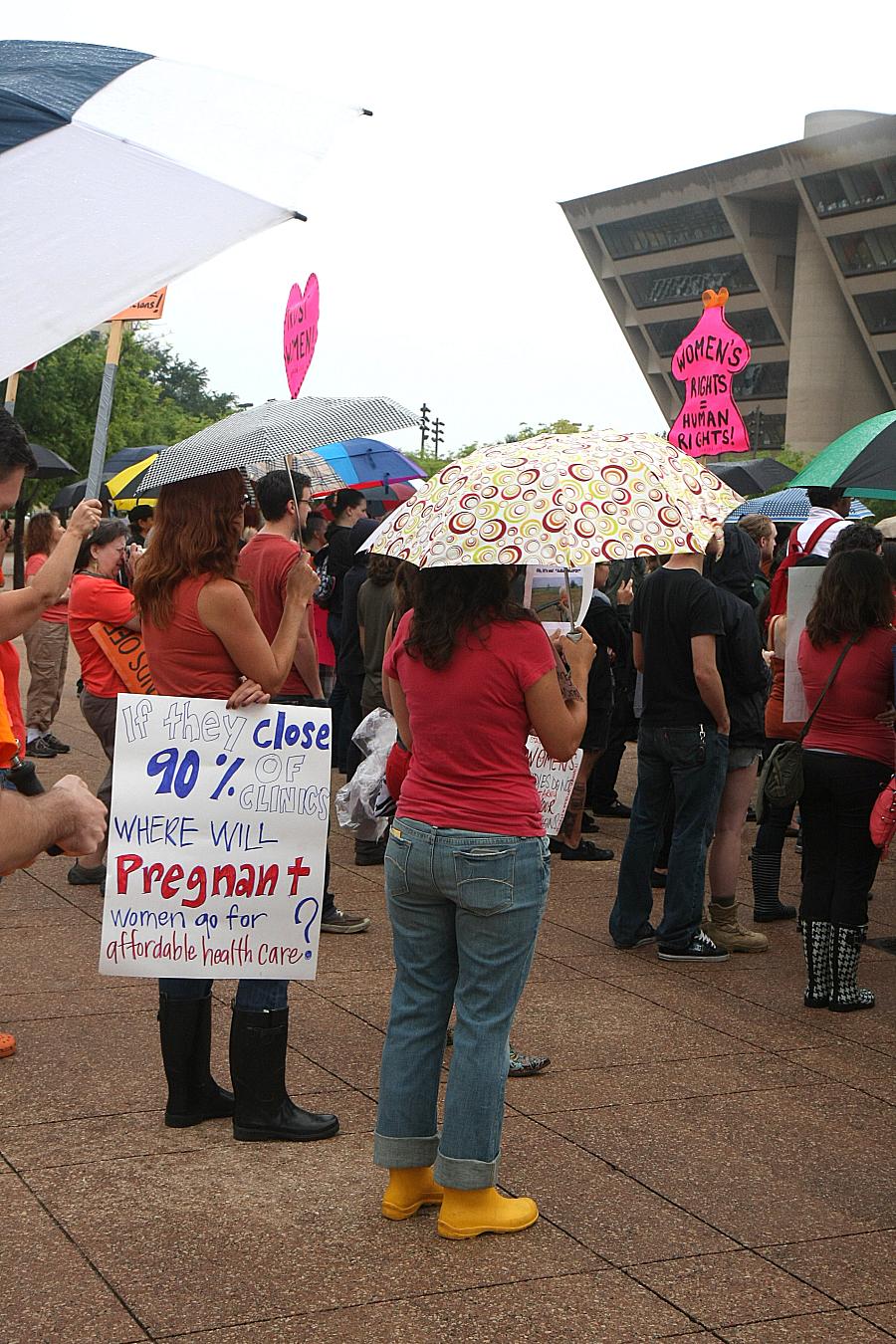My reporting on abortion from the U.S.-Mexico border after Roe v. Wade finds people seeking workarounds

Even before the Supreme Court overturned Roe v. Wade, Texas banned abortion beyond approximately six weeks. Many questions remain about the impact of these monumental changes. How many pregnancies that would have been terminated were carried to term instead? How has a lack of abortion access affected reproductive care more broadly?
As a Center for Health Journalism 2022 National Fellow, I sought answers in the Rio Grande Valley, along the Texas-Mexico border. I spoke with former abortion providers and with activists on both sides of the abortion divide: those promoting reproductive health care access as well as those against it. I explored what had changed for them. I also spoke with people seeking to terminate a pregnancy about the potential workarounds they could seek.
One workaround involved looking to Mexico to obtain misoprostol, an abortion pill that can be used alone or in combination with another medication, mifepristone. I talked with pharmacists in border cities in Mexico about Americans accessing this medication over the counter. Organizations such as Necesito Abortar, based on the northern border of Mexico, are supporting people on both sides of the border as they seek resources and medications for abortions. The group estimates that 30% of its patients in the United States obtain their abortion pills in Mexico.
It’s clear that I was investigating a sensitive topic that I needed to handle with care when talking with sources on the ground. I wanted to ensure that I addressed health care and privacy sensitivities as well as cultural ones. I was reporting in audio, so I wanted to make sure, as with every story, that those I was speaking with had a clear understanding of where their voice would be heard and what our podcast, El hilo, is about, and that they felt comfortable reaching listeners around the world.
A big reason this project was important to me was that abortion restrictions have a disproportionate effect on Latina women. An analysis from the National Partnership for Women & Families and the National Latina Institute for Reproductive Justice found that more than 40% of Latina women of reproductive age live in 26 states that have already banned abortions or will likely do so.
It was also important to me that I was creating this episode in Spanish, considering that the Rio Grande Valley has a Hispanic population of more than 90% of residents. It’s important that the communities we report on are able to fully understand what we are producing, and having this project in Spanish broke a barrier to access.
Moreover, abortion is of great concern to the Latino population. Recent polls debunk the idea that Latino voters are not in favor of abortion. A Pew Research Center poll found that nearly 60% of Latinos believe abortion should be legal in all or most cases.
There is a lot left to explore and cover in the abortion landscape in Texas and beyond. Only recently, a study found that Texas had almost 10,000 more births than expected from April through December 2022. Further figures will be assessed, testimonies collected, and the topic will play a major role in the 2024 elections. Abortion has a direct impact on the lives of millions of people and I will continue to research and report on it closely.

